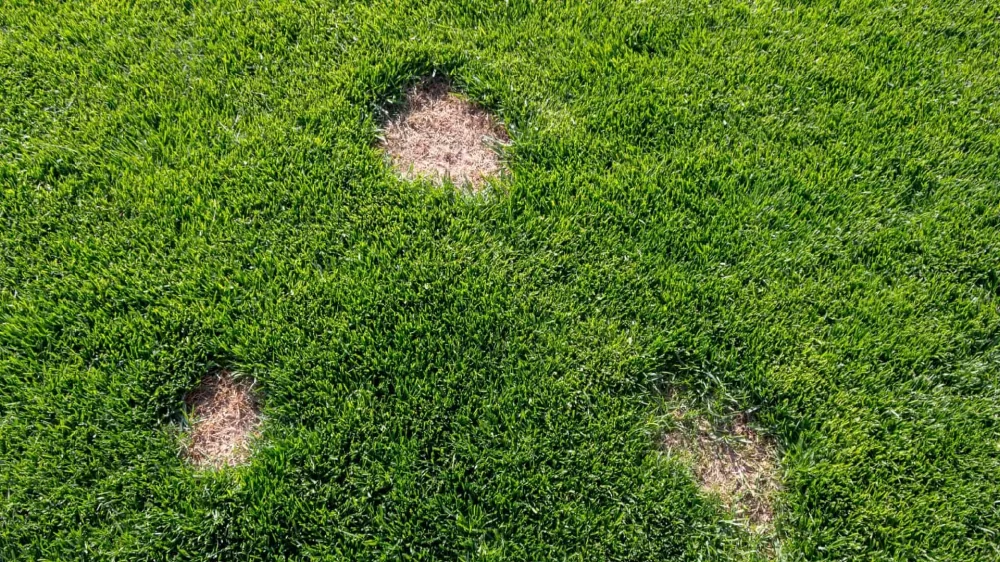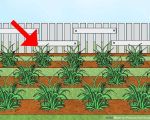
- Understanding Lawn Fungus
- Common Types of Lawn Fungus
- How to Prevent Lawn Fungus
- Treating Lawn Fungus
- When to Seek Professional Lawn Care Services
Understanding Lawn Fungus
Lawn fungus is a common problem that can affect your lawn's health, appearance, and overall vitality. These fungal diseases often thrive in damp, shaded areas and can cause damage that might not be immediately noticeable. Understanding how to handle lawn fungus is crucial for maintaining a lush, green yard. Fungal infections often present as patches of discolored grass, and if left untreated, they can lead to larger areas of dead turf.
Common Types of Lawn Fungus
Several types of lawn fungus can harm your grass. Some of the most common include:
- Dollar Spot: Characterized by small, round patches of straw-colored grass, this fungus thrives in humid conditions and affects all types of grass.
- Powdery Mildew: Appearing as a white, powdery coating on grass blades, this fungus thrives in shaded areas with poor air circulation.
- Rust Fungus: Produces orange or yellow pustules on grass blades and often occurs in lawns that are under-fertilized or poorly drained.
- Red Thread: Known for creating thin, red threads of fungus on grass blades, this disease is typically seen in cooler, damp conditions.
Each type of fungus requires different treatment methods, so it is important to correctly identify the problem before taking action.
How to Prevent Lawn Fungus
Prevention is always better than cure when it comes to lawn fungus. By implementing a few simple practices, you can reduce the likelihood of fungus taking hold in your yard:
- Proper Lawn Watering: Overwatering creates a perfect environment for fungal growth. Water your lawn early in the morning, allowing the grass to dry out by evening.
- Improve Air Circulation: Trimming trees and shrubs to allow for better airflow can help keep your lawn dry and less susceptible to fungus.
- Fertilization: Regular fertilization with a balanced lawn food helps grass stay strong and healthy, making it less likely to succumb to fungal infections.
- Choose Fungus-Resistant Grass Varieties: If you're reseeding or planting a new lawn, consider using varieties that are resistant to common fungal diseases.
By following these basic steps, you can prevent many common types of lawn fungus from taking root in your yard.
Treating Lawn Fungus
If you already have a lawn fungus problem, taking quick action is essential to prevent further damage. There are several treatment methods to consider:
- Fungicide Application: Chemical fungicides can be effective at treating fungal diseases. Be sure to choose one that is appropriate for the type of fungus affecting your lawn.
- Organic Treatment: For those who prefer natural remedies, there are organic fungicides available, or you can try homemade solutions such as a mixture of baking soda and water.
- Raking and Aeration: Raking up affected areas and aerating the soil helps reduce moisture levels and improve drainage, which can hinder fungal growth.
- Improve Lawn Care Practices: Adjusting your watering schedule, mowing practices, and fertilization methods can help improve the overall health of your lawn and combat fungus more effectively.
It is important to address the issue early on to avoid a larger infestation. If the problem persists, professional lawn care services might be necessary.
When to Seek Professional Lawn Care Services
If you've tried multiple treatments without success or the fungus continues to spread, it may be time to contact a professional lawn care service. Experts can provide targeted treatments tailored to your lawn's specific needs. Additionally, they can offer ongoing maintenance to ensure your lawn remains healthy and fungus-free throughout the year. For those seeking effective solutions and personalized care, Lawn Care Services offers the right products, services, and guidance to handle your lawn fungus problems efficiently.








